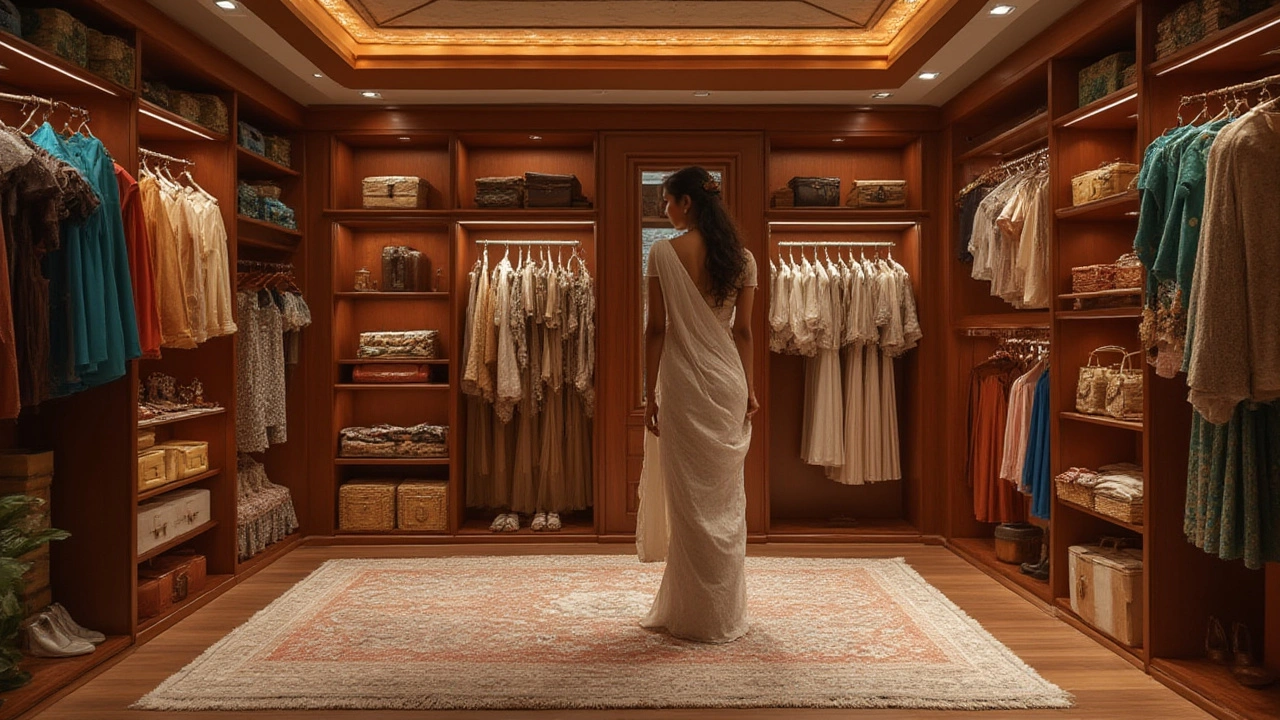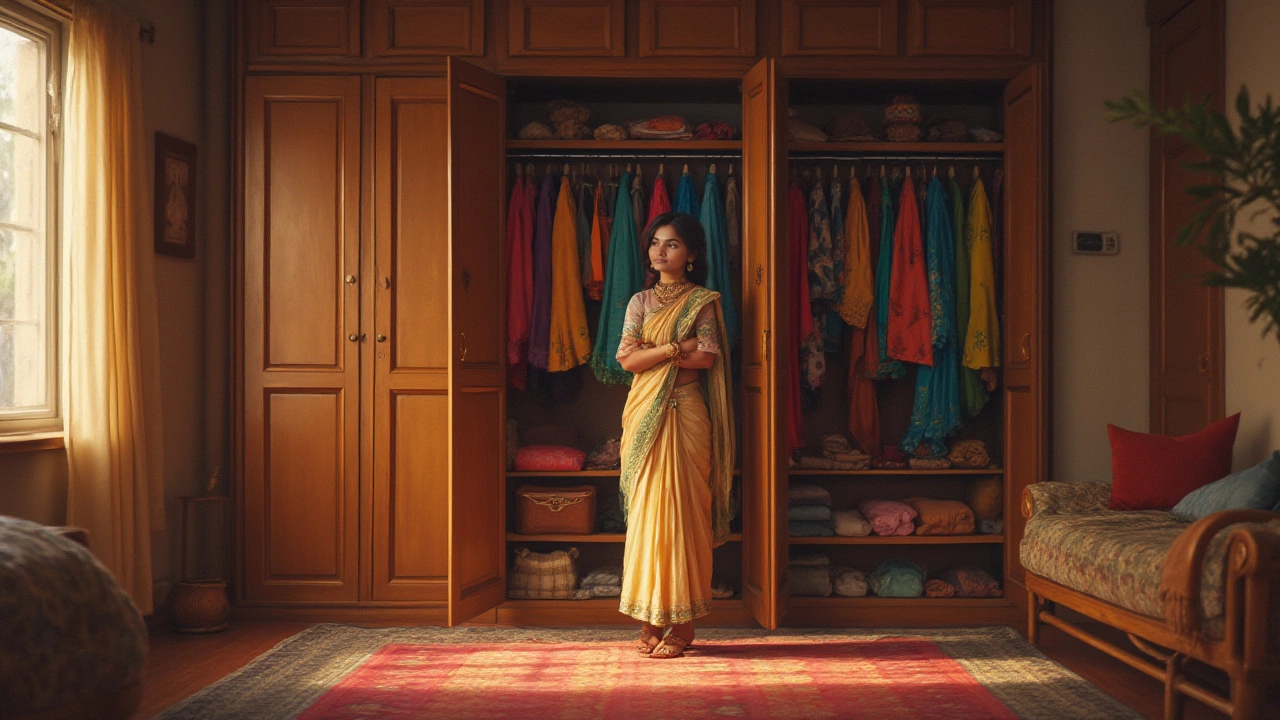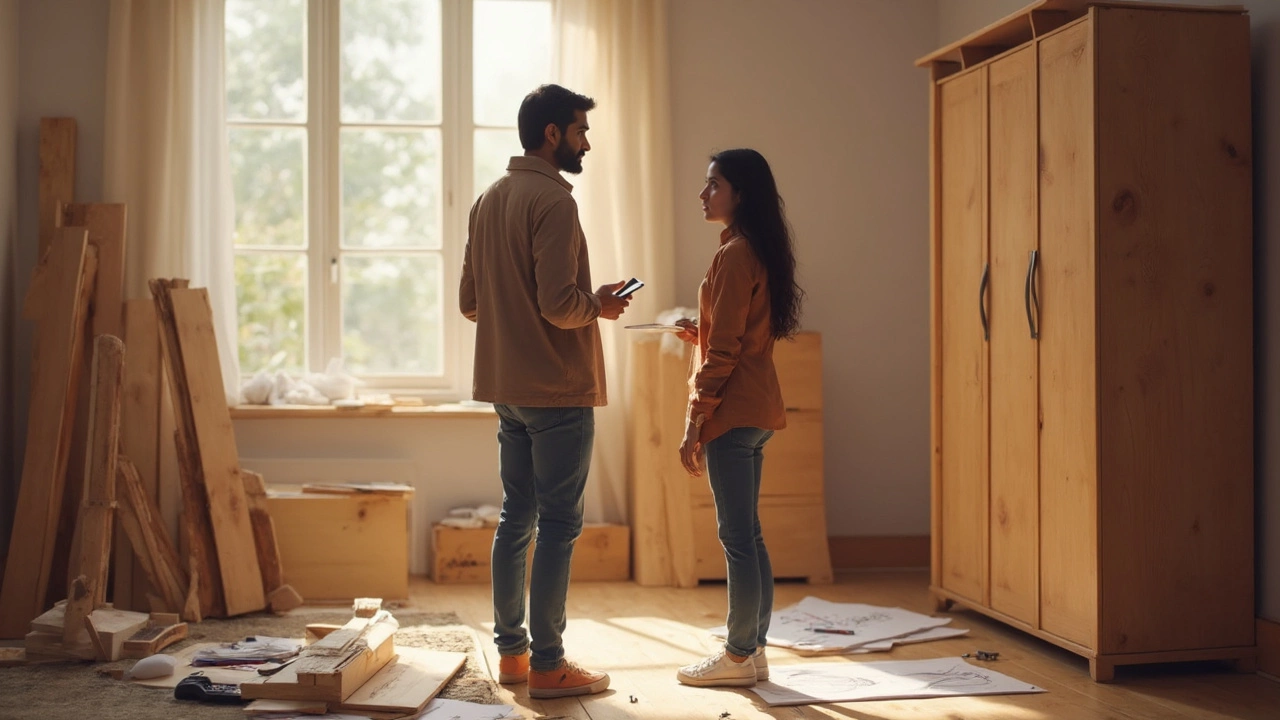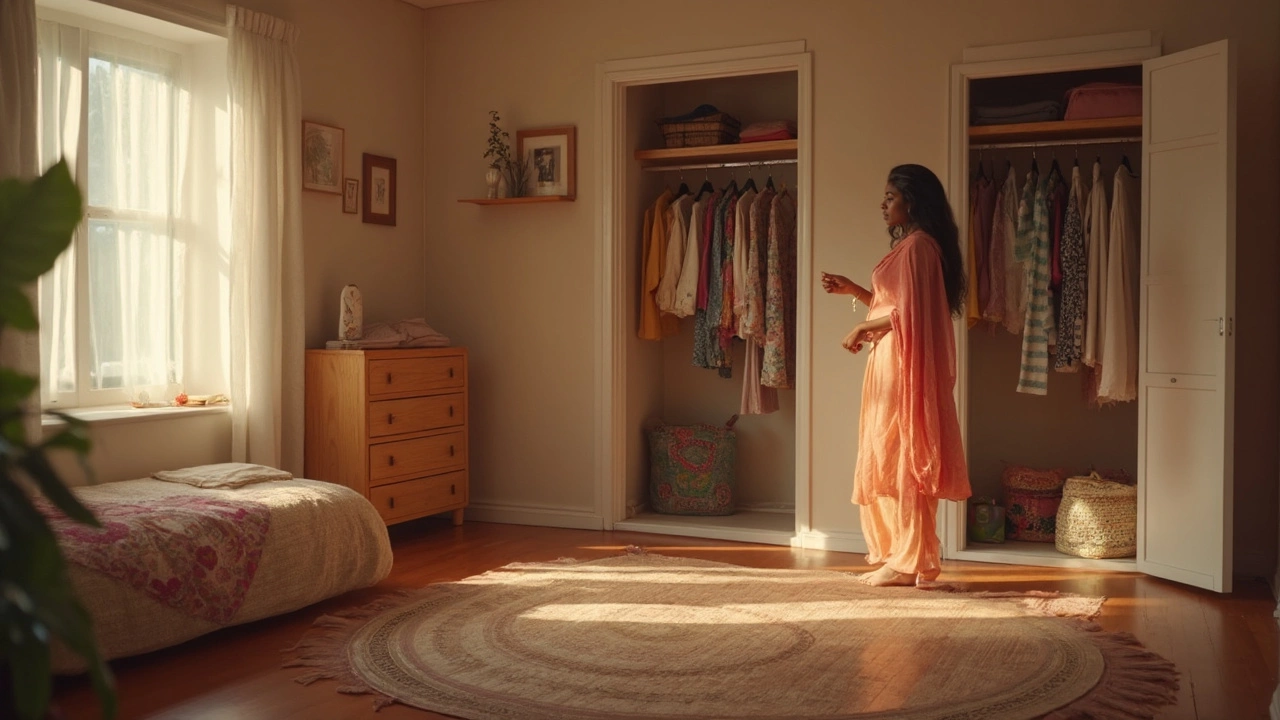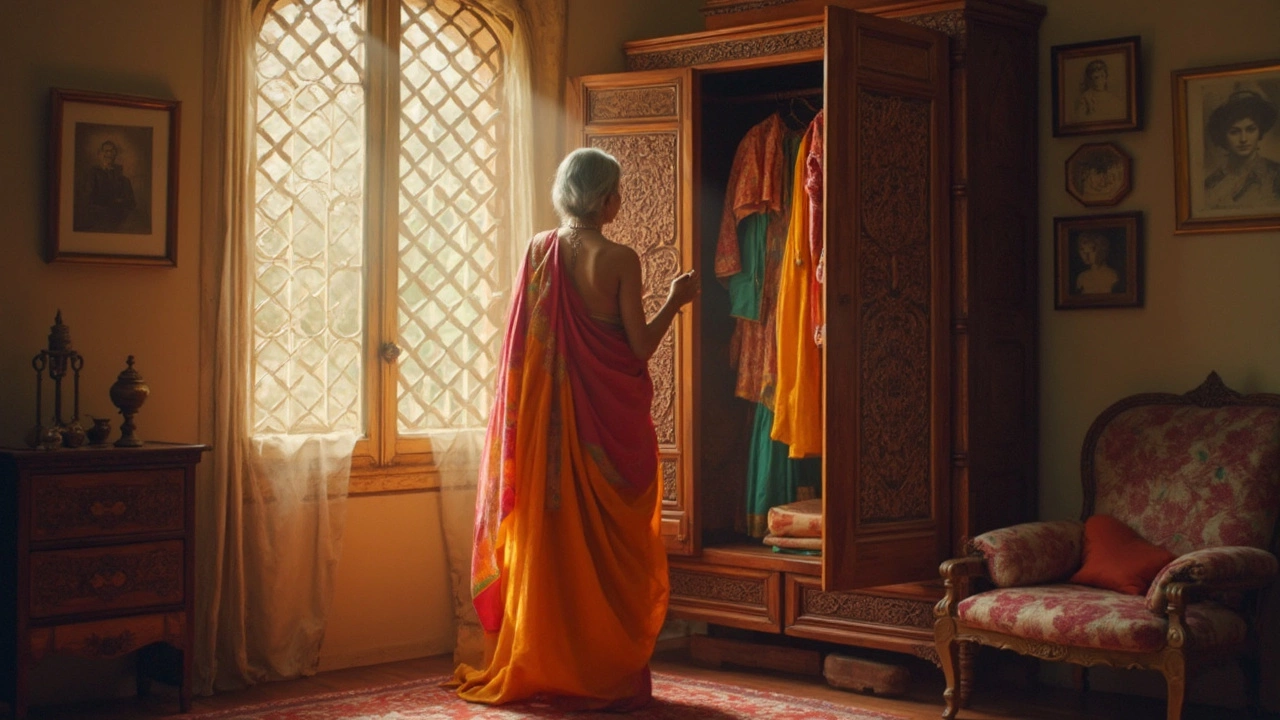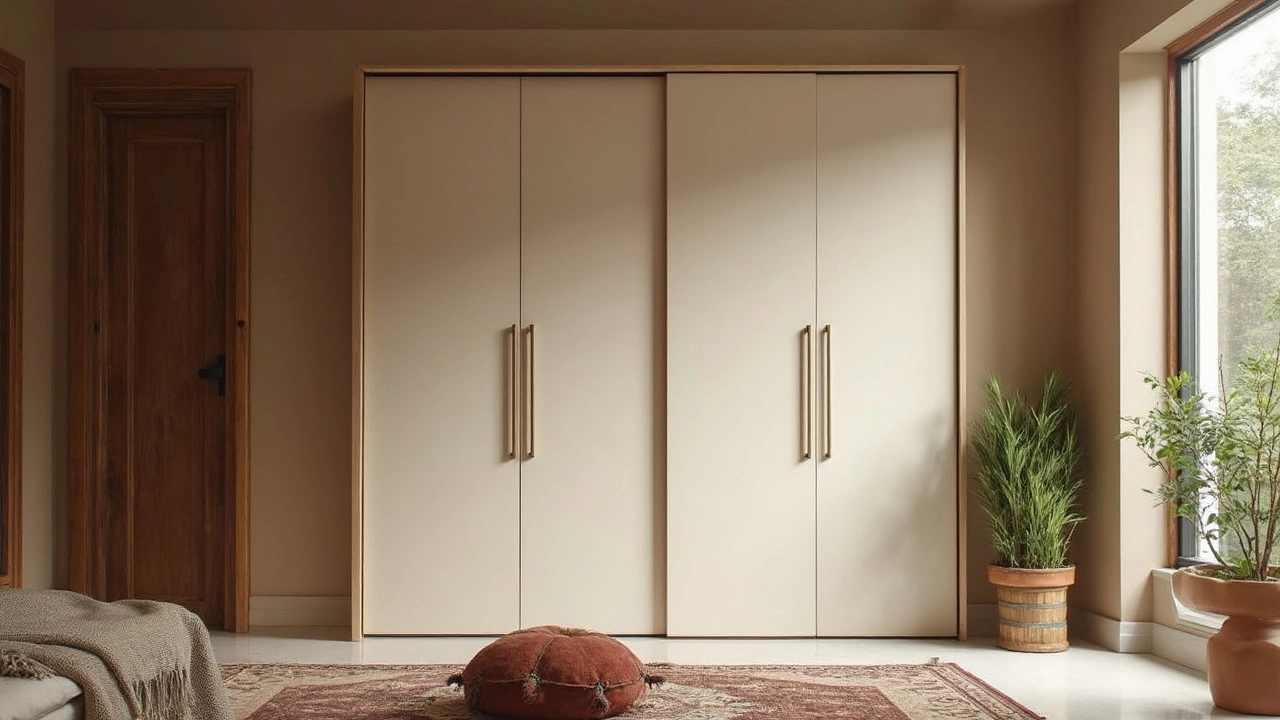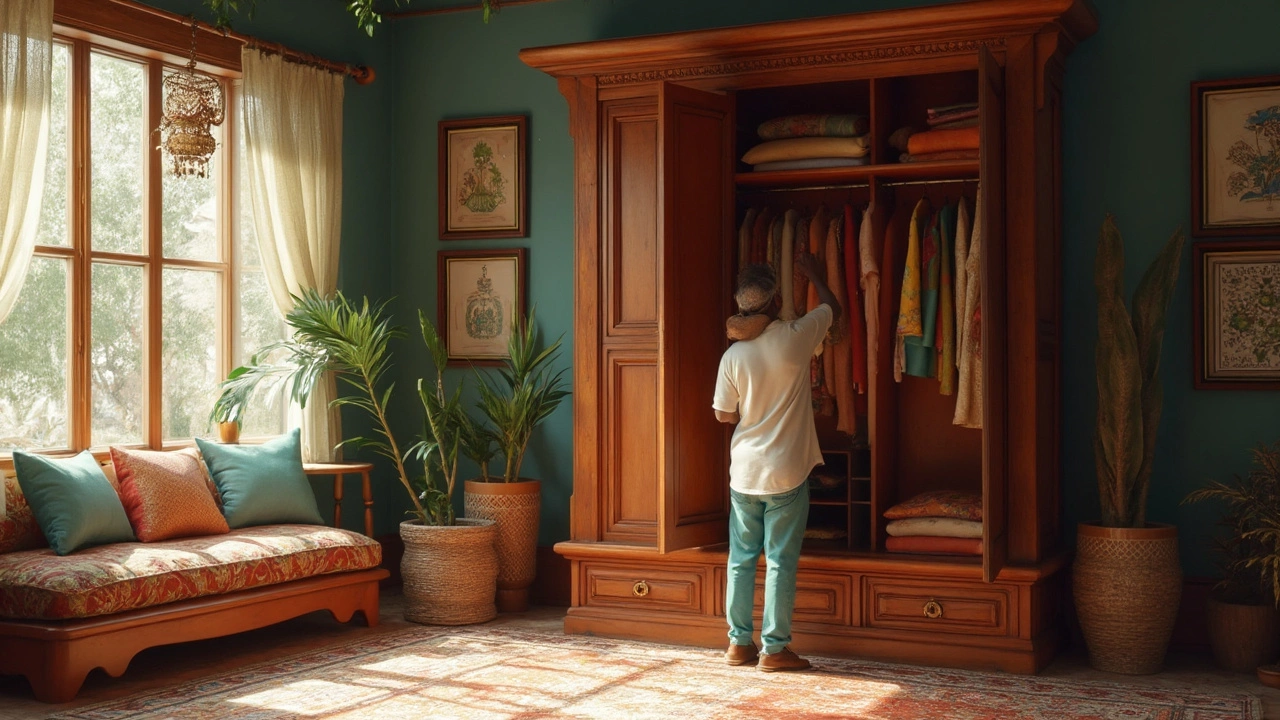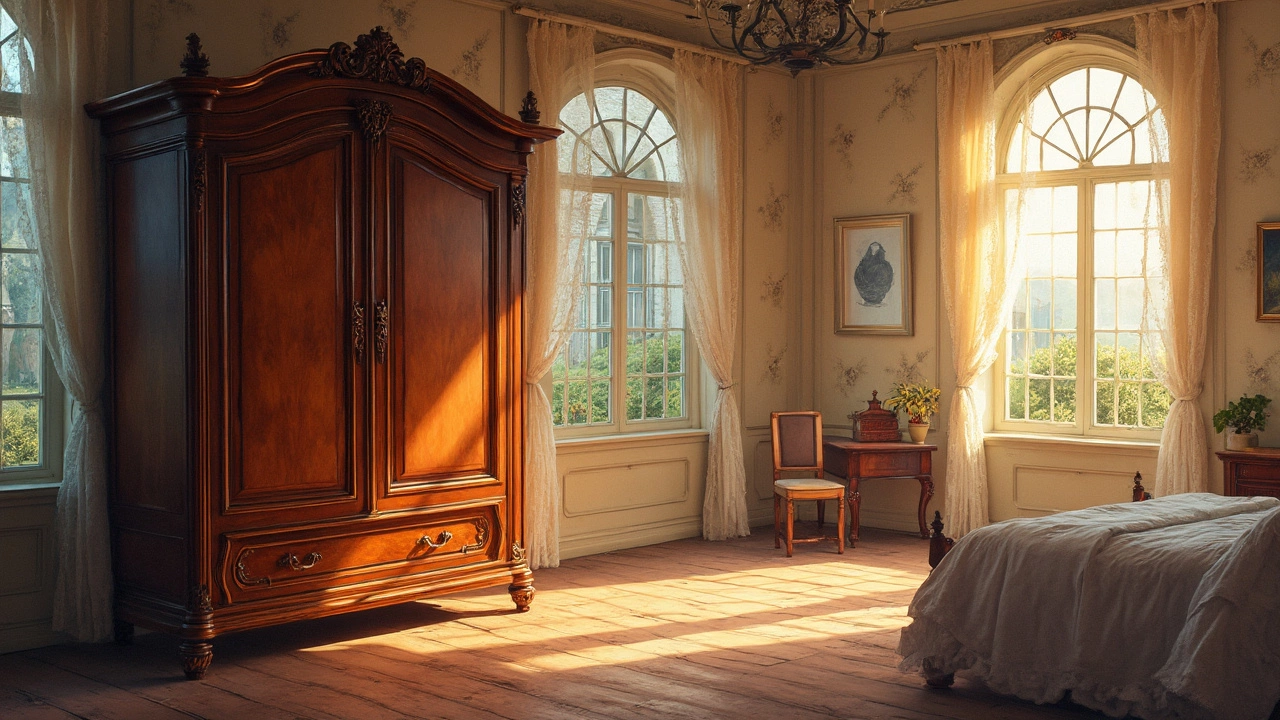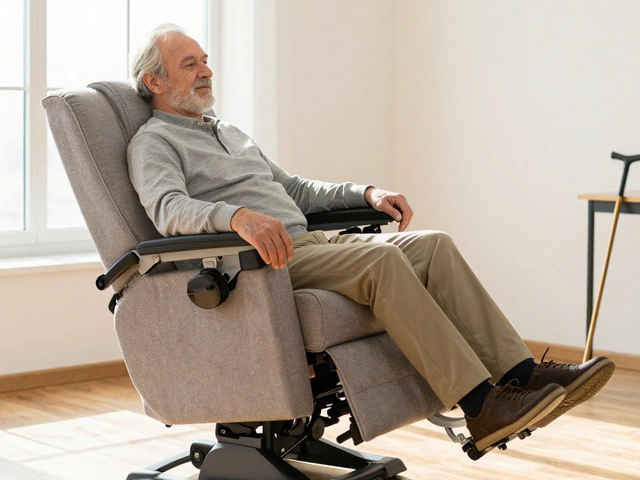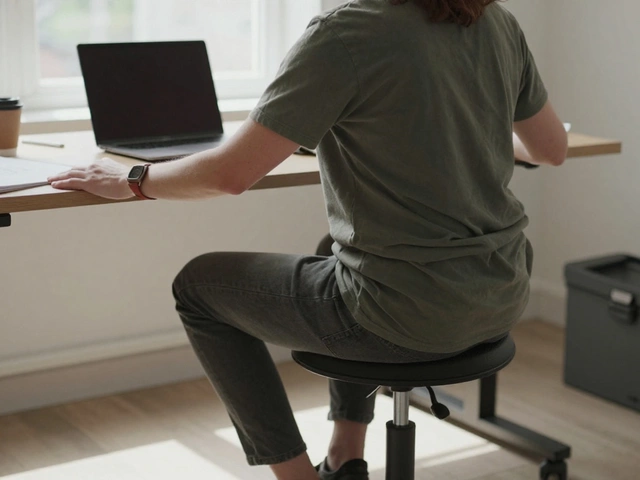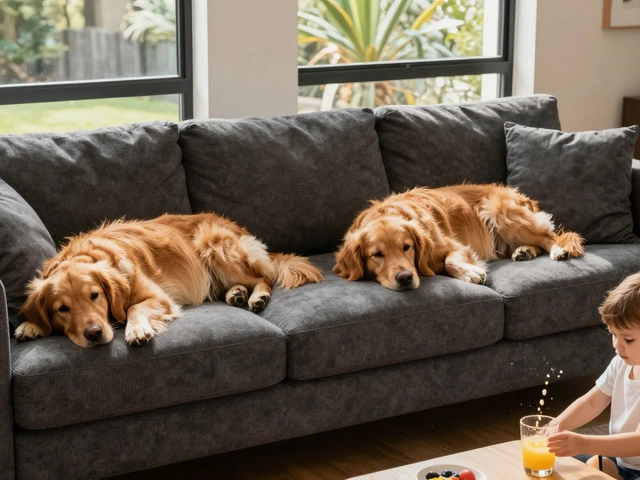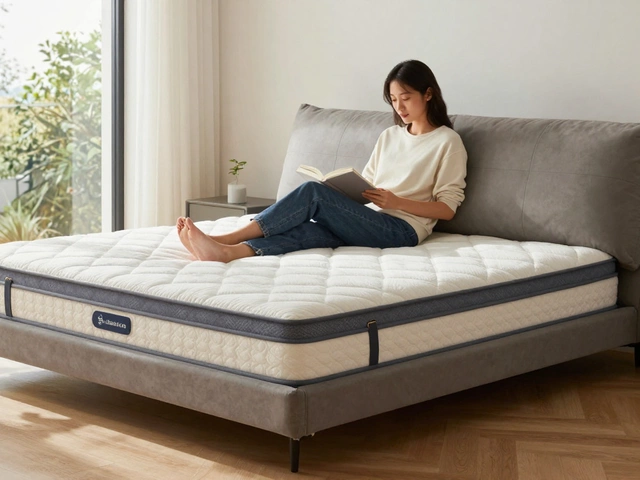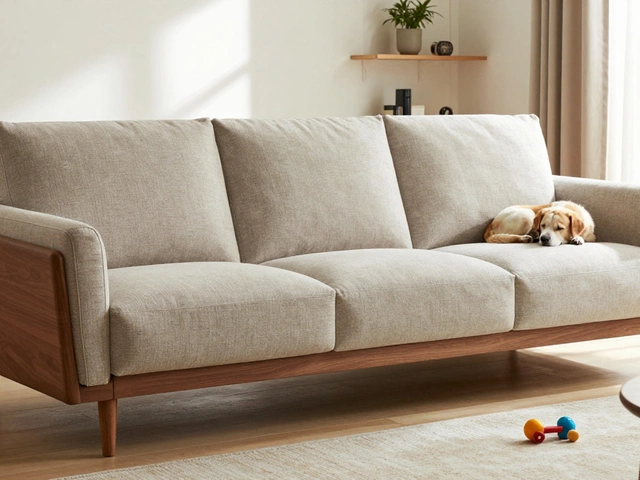Wardrobes: Design Ideas, Costs & Smart Storage Tips
Ever walked into a room and wondered why some people call it a closet while others shout "wardrobe"? The name changes depending on where you live, but the goal stays the same: a tidy place for clothes. Below you’ll find quick answers to the biggest wardrobe questions, a realistic look at pricing, and easy ideas you can try right now.
Wardrobe vs. Closet: What’s the Real Difference?
In the US, most homes have a "closet" – a built‑in nook, often hidden behind a door. In the UK and many other countries, the same piece of furniture is called a "wardrobe" because it’s a free‑standing unit you can move around. The design can vary a lot: walk‑in closets are basically mini‑rooms with shelves, while a traditional wardrobe might have hanging rods, drawers, and a couple of shelves.
Knowing the term matters when you shop online. Search for "walk‑in wardrobe" if you need a room‑size solution, and type "closet organizer" if you’re looking for accessories that fit a built‑in space. Understanding the lingo saves you time and prevents you from ordering the wrong size.
How Much Does a Wardrobe Really Cost?
The price tag depends on three things: material, size, and whether it’s custom or ready‑made. A simple pine wardrobe can start around $300, while a solid‑wood, fitted piece might push $2,000 or more. Hidden costs include hardware, delivery, and the time you spend assembling it.
If you’re on a budget, DIY can shave off 30‑40 % of the cost. Grab affordable MDF panels, a basic hanging rod, and some sturdy hinges, then follow a YouTube tutorial. Just remember to factor in your skill level – a poorly built wardrobe can cost more in the long run if it needs repairs.
For those who prefer a finished look, many retailers offer flat‑rate fitted wardrobes. They’ll measure your space, design a layout, and install everything for a single price. Compare the total cost with a DIY build and weigh the convenience against the extra spend.
Now that you know the basics, let’s talk about smart ways to make any wardrobe work better. The 70‑30 rule suggests you keep 70 % of your clothes in easy‑reach zones and 30 % in less‑frequent storage. This cuts down on morning chaos and helps you see what you actually wear.
Another handy trick is the 333 rule: pick 33 items you’ll wear for the next three months, then repeat. It forces you to curate a functional wardrobe while reducing decision fatigue. You’ll notice how many pieces you never reach for, and you can either donate or store them elsewhere.
If space is tight, think vertical. Adding extra shelves or a double‑hang rod instantly doubles capacity without widening the unit. Pull‑out drawers with dividers keep accessories organized and visible, so you stop digging through piles.
Finally, don’t overlook lighting. A simple LED strip inside a wardrobe makes it easier to spot items and gives a polished feel. It’s a low‑cost upgrade that pays off every time you open the door.
Whether you call it a closet or a wardrobe, the goal is the same: a clean, functional spot for your clothes. Use the terms that match your region, budget for the right quality, and apply a few clever organization rules. Your space will look better, and you’ll spend less time hunting for that favorite shirt.
What Do Americans Call a Walk-In Wardrobe? US Closet Terms Explained
Dive into what Americans call a walk-in wardrobe, the reasons behind the term, how designs differ, plus tips, facts, and cool closet stats every homeowner will love.
Why Are Wardrobes So Expensive? The Real Reasons Behind High Wardrobe Prices
Ever wonder why wardrobes are so expensive? Learn what drives up the price of wardrobes, from craftsmanship and materials to hidden costs you never thought about.
What Do Americans Call a Wardrobe? US vs UK English Explained
Ever wondered what Americans mean when they say 'closet' and how it differs from 'wardrobe'? Get the answers and fun facts about furniture lingo here.
Is it Cheaper to Build a Wardrobe? Real Numbers, Real Answers
Wondering if building a wardrobe saves money compared to buying one? This article breaks down the real costs, compares DIY and store options, and gives you practical tips on where you can save and what to watch out for. We’ll explore material prices, hidden costs, time investment, and how your skills make a difference. Expect smart advice to help you decide if building a wardrobe is the right move for your budget and space. You'll get hacks straight from people who’ve lived through the sawdust and shopping carts.
70 30 Wardrobe Rule: The Simple Formula to a Smarter Closet
The 70 30 wardrobe rule is a practical approach to building a closet that actually works for real life—it’s all about wearing what you actually need. This article digs into what the rule means, how to split your clothes, and the real benefits of less clutter and smarter shopping. Discover tips to make it work for your style without losing what makes you unique. Expect tricks that prevent regretful shopping sprees and ways to organize your closet for easy mornings. Get ready for a more stress-free, stylish, and practical way of getting dressed.
How Many Outfits Should a Woman Have in Her Wardrobe?
How many outfits does it really take to feel prepared for everyday life? This article looks at what makes a practical wardrobe, including outfit counts for work, weekends, and special events. Get tips on smart shopping, mixing and matching, and cutting down on closet clutter. We’ll break down realistic numbers and show how to avoid stressing over having 'enough' to wear. This guide is for anyone who wants a simpler, easier-to-manage closet.
What Are Old Closets Called? A Guide to Naming and Spotting Vintage Wardrobes
Ever wondered what old closets are called or why your grandma's wardrobe looks so different from the ones in stores today? This article digs into the names, designs, and history behind vintage wardrobes, including tips for spotting genuine antiques. You'll learn why words like 'armoire' and 'chifforobe' are more than just fancy labels. We'll also cover how to tell if a piece is truly old, and what makes these closets unique. Get practical advice for buying, restoring, or just appreciating these timeless pieces.
Why Old Houses Had Outdoor Toilets: A Peek into the Past
Discover why old homes often featured outdoor toilets and explore the reasons behind this curious design choice. We'll delve into the historical context, practicalities of the time, and how these designs influenced modern plumbing. Plus, find out how vintage wardrobes could tie into this intriguing history. Join us for a fascinating look into the past.
Simple Wardrobes: What Are They Called?
Exploring the world of simple wardrobes, this article delves into what makes a wardrobe 'simple' and the different names these minimalist clothing storage solutions might carry. It highlights practical tips on design, space-saving solutions, and considerations when choosing the right wardrobe for a streamlined lifestyle. The piece offers insights into modern trends and the benefits of opting for a minimalist wardrobe setup. By understanding these storage solutions, readers can enhance their living spaces without compromising on style or functionality.
Average Cost of a Fitted Wardrobe: What You Need to Know
Thinking of getting a fitted wardrobe? Learn about the factors that affect pricing, how to make the most of your budget, and what to expect in terms of quality and options. This guide will help you understand the cost breakdown and give you tips on choosing the right wardrobe solution for your space. Whether you're customizing a small alcove or a master bedroom, make informed decisions and find the best value.
What Do English People Call a Wardrobe?
In England, a wardrobe doesn't just mean a TV-hosted makeover. English people often refer to a wardrobe as a place for storing clothes. But depending on the design and function, they might also call it a closet. If you're puzzled about the terms, especially when you're shopping for furniture or settling into a new home in the UK, understanding these nuances will help.
Understanding the 333 Rule for Wardrobe: A Simple Guide to Streamlined Style
The 333 rule for wardrobe offers a path to simple and efficient fashion by encouraging people to limit their wardrobe to 33 items for 3 months. This approach reduces decision fatigue, fosters creativity, and promotes mindfulness in fashion choices. Whether you're a minimalist or simply exploring new ways to simplify your life, the 333 rule can offer surprising benefits and insights. Learn how this method can refresh your style without overwhelming your closet or budget.
